Herbs are widely grown in home gardens and are well-loved by gardeners. They are easy to grow, do not require much space, yield a nice sizable harvest and add amazing flavor to any meal. They can be eaten raw or cooked, and they store so well when dried or frozen.
Herbs that do not come back next year are called annuals or annual herbs. Some of the favorite and most popular annual herbs are basil, cilantro, and dill.
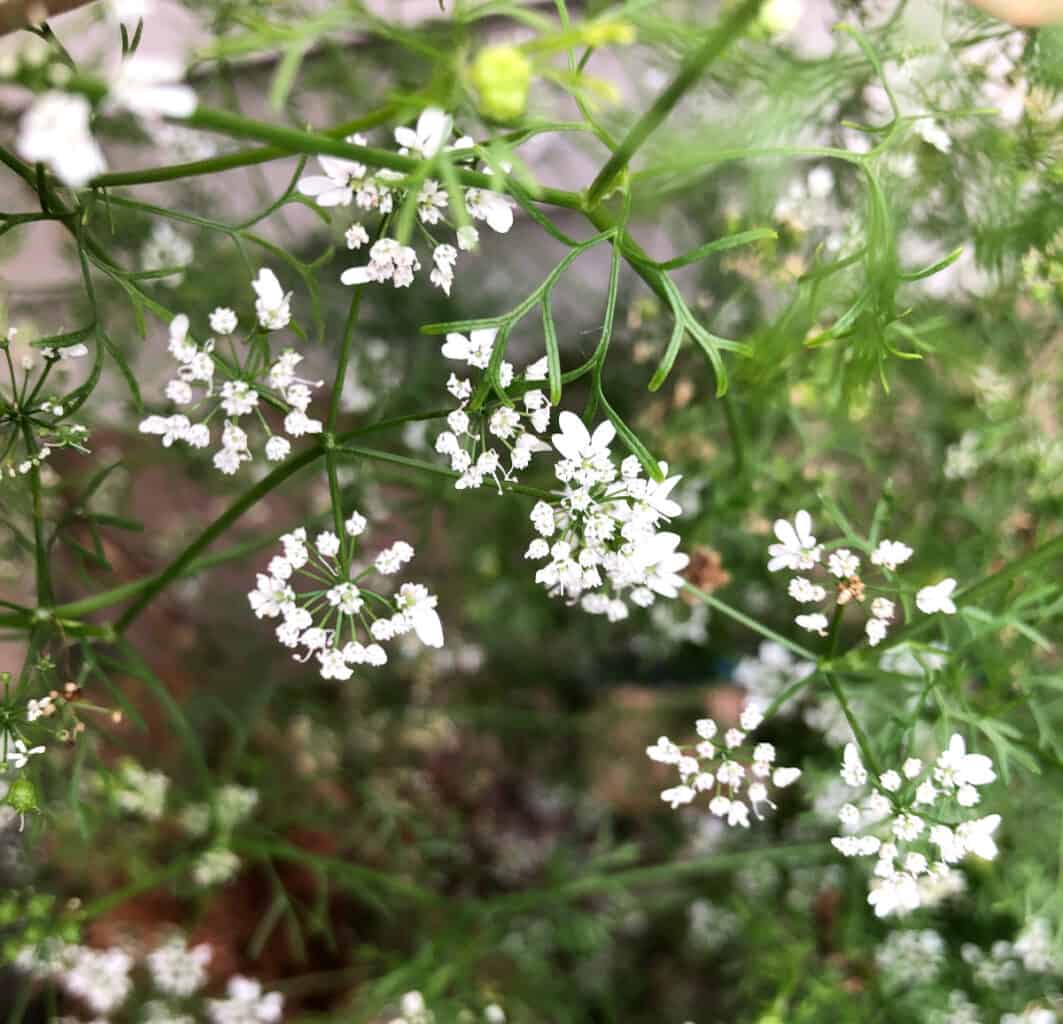
What are annual herbs?
Annual herbs have only a one-season life cycle. Their seeds germinate, grow, mature, flower, then go to seed and die off. This all is done in one season. Their roots die off too. If you want to grow an annual herb again you need to grow it from its seeds. Some annual herbs like basil do propagate well through cuttings. Annual plants are very sensitive to cold and frost. Frost and the cold of winter kill them. They like warmer weather.
How to use annual herbs
Annual herbs are cooks’ and gardeners’ favorites as they can be used in cold dishes like sandwiches, and salads as well as warm and cooked dishes. They add lots of flavor to any meal. They are also used as a garnish and as edible decoration in plating. Dill is one of the favorite herbs for pickling and canning.
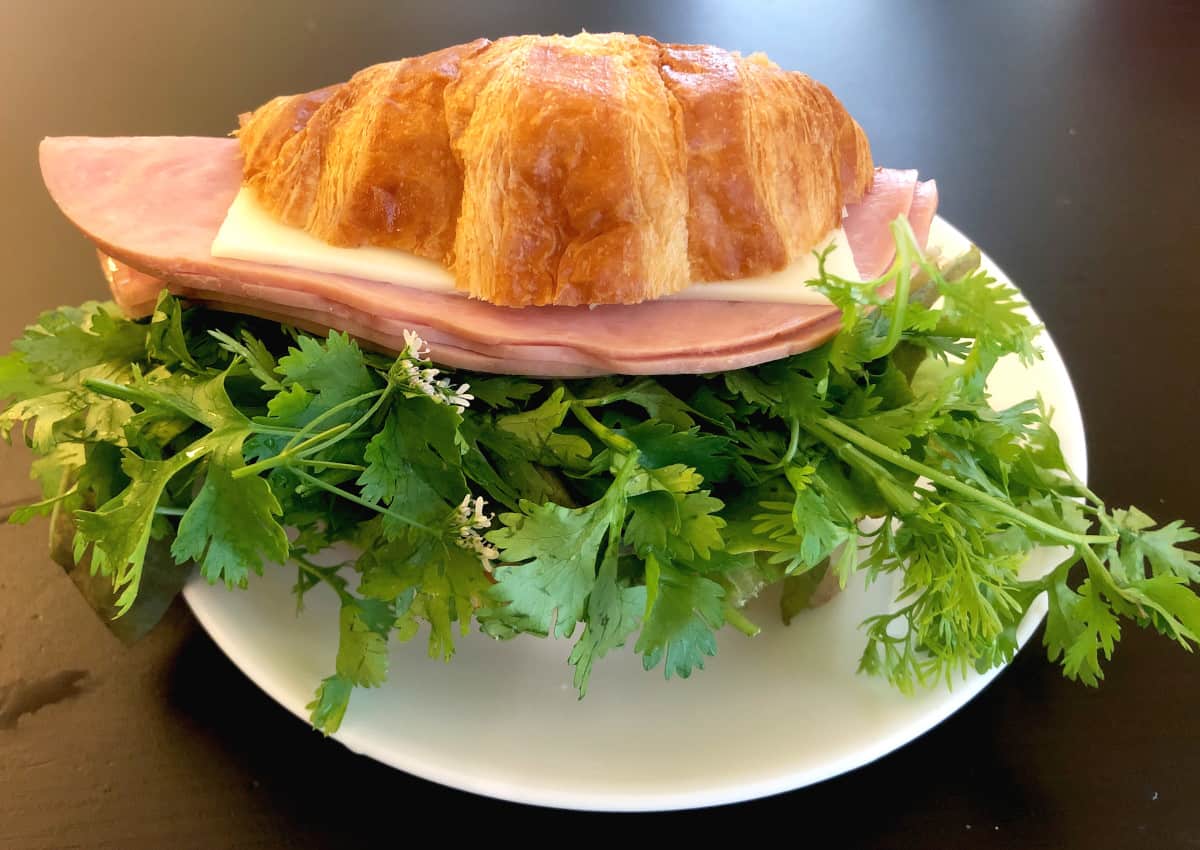
They can be dried and preserved for winter. Dried and well-stored annual herbs are great for cooking and have a very long shelf life.
Can herbs be grown in a small space?
Yes, herbs are one of the best choices to grow in a small space. They go very well in containers and pots as well. They are great for balconies and patio gardens where the space is limited and crowded. Annual herbs do grow relatively fast from seed to harvest and they do yield quite a nice harvest. They can be a cut-and-come-again crop.
How to harvest annual herbs
An annual herb does not regrow from the roots again. Once you harvest the whole plant that is it, it is gone and the whole growing process has to be started from the seed again. You can harvest the whole plant or extend the harvest off of your annual herb, harvest only the outer or largest leaves, and let the smallest or inner leaves grow. Then come to harvest again. I harvest all of my annual herbs with a cut-and-come-again method.
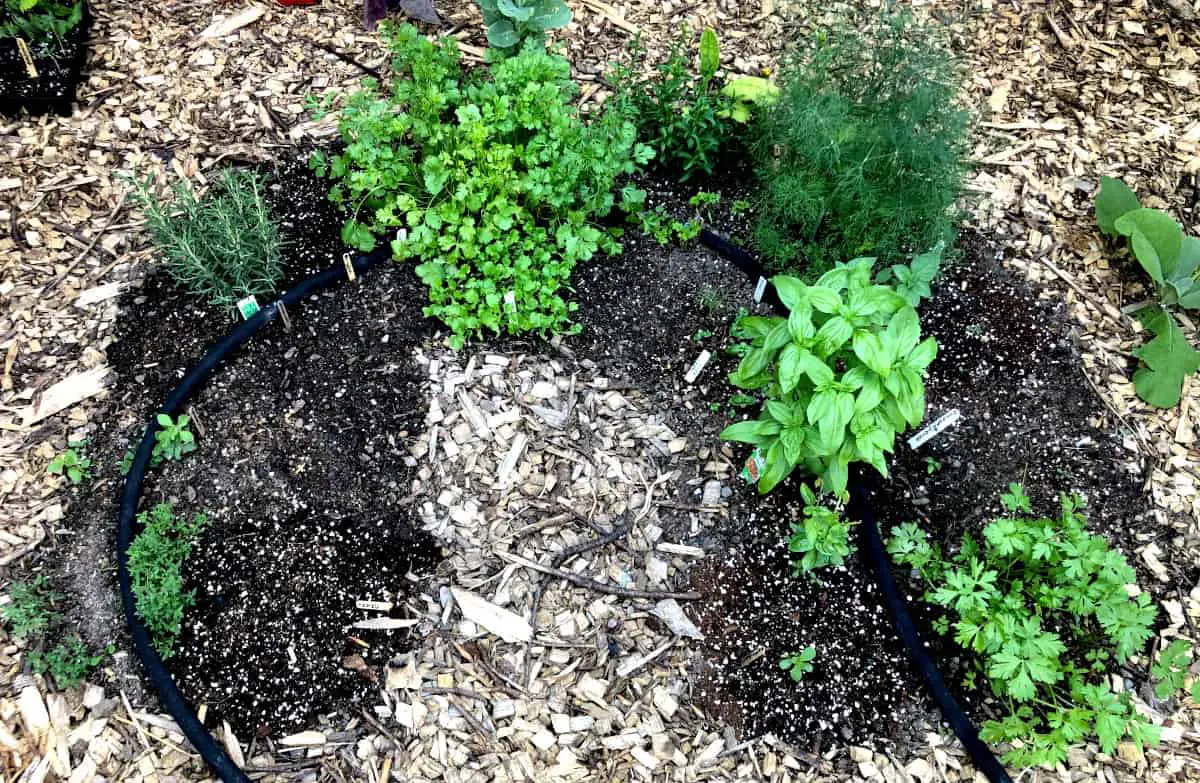
What annual herb propagates from cutting?
Most annual herbs do not propagate but are rather grown from seeds. Basil is a different story. Basil an annual herb that does propagate from cuttings the best. I do not have very good success growing basil from seeds. They usually are very weak in my garden and grow very slowly. One reason is that we like to eat basil so very much that the plants usually do not have time to grow stronger as we harvest so much off of them so much. What I prefer to do is to rather propagate them. It is much faster to plant plenty of basil by propagation than from seeds in my case.
How to propagate by cuttings
I buy the healthiest and strongest basil plants from the store and then I like to snip off about 2-inch-tall side shoots off of the main basil stem. Place the snipped shoots in a glass of water or just stick them directly into the soil in your garden when the danger of frost is over, and make sure the soil remains moist until the cutting takes off. They usually take off directly in the soil well. Propagated basil in my garden is usually stronger than the one I grow from seed, it grows way faster because it is already about 2 inches tall when planted. They also give me harvests much sooner than the ones grown from seed.
Can seeds from annual herbs be collected?
Yes, seeds from annual herbs can be collected. It is easy to collect seeds from annual herbs since they go to bloom and then go to seed in their one-season life cycle. The seeds are viable to be planted right away as you collect if from the old plant to start a new life cycle all over again.
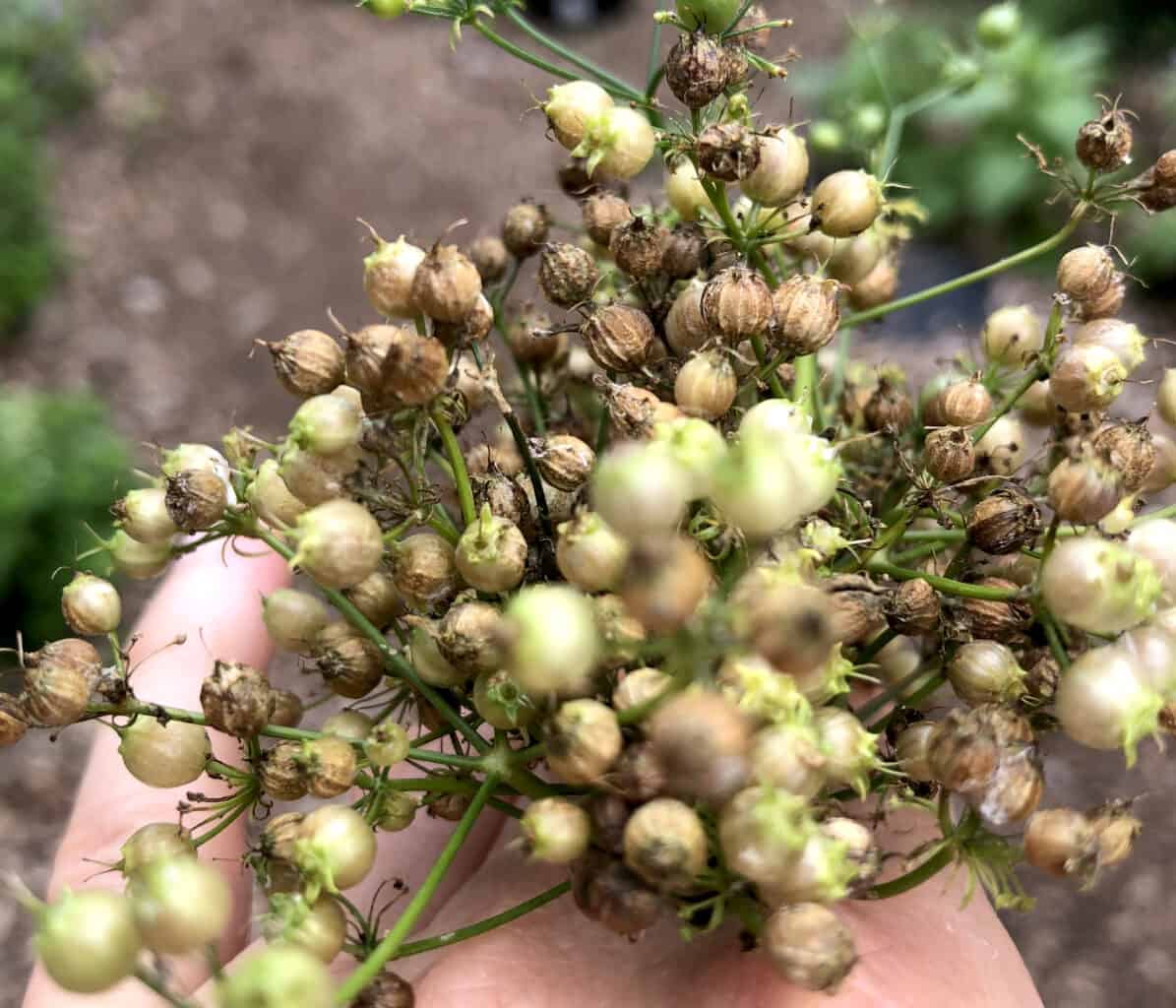
How to collect seeds from annual herbs?
Let the plant go through the whole life cycle. Let it grow, mature, bloom, and go to seed. Leave the plant to wither and dry out completely, then collect the seeds of the herb.
How to store seeds
Store the seeds in an airtight container, in a dry and dark place, or use them right away to grow new plants from them if there is still enough time for the plant to mature before the first frost.
Do annual herbs attract pollinators?
Yes, annual herbs do attract pollinators as they do bloom in their one-season life cycle. In fact, the flower of the annual herb is also edible and you can include them as an edible decoration in your plating.
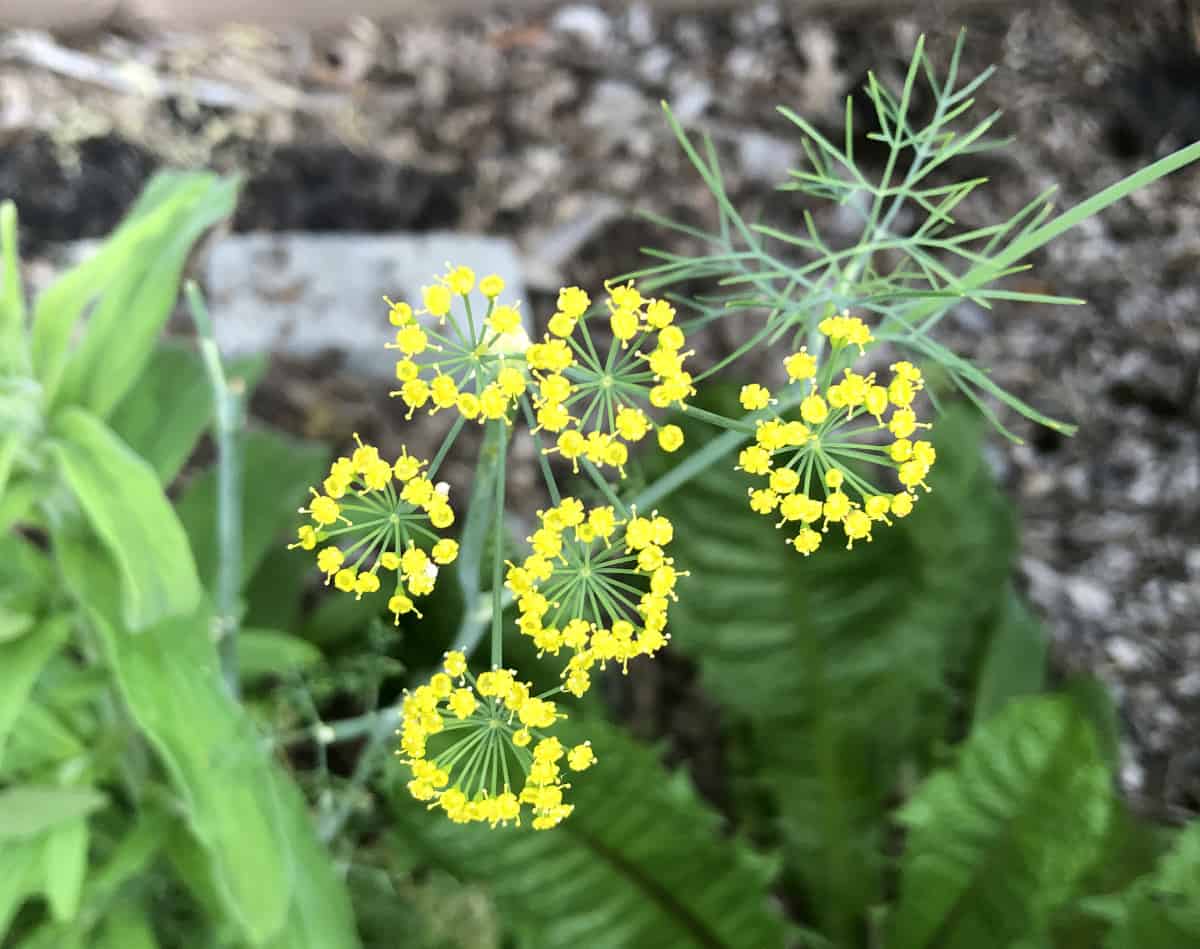
How to preserve annual herbs
Preserving annual herbs is very easy. Snip off the plant at the base, wash them, and make a bundle. Tie it and hang it in a dry, shady, or dark and well-ventilated space to dry. Once completely dry store in a sealed container like a plastic or glass jar. They can be frozen as well. I like to chop them and pack them in an ice cube tray, then I pour olive oil over them and let them freeze. Once frozen I store them in zip-lock bags in the freezer.

I like to use herb and olive oil cubes for preparing fish, and stews, they go very well with baked or mashed potatoes and chili.
Herbs can be dried in a food dehydrator or an oven run at very low temperatures.

